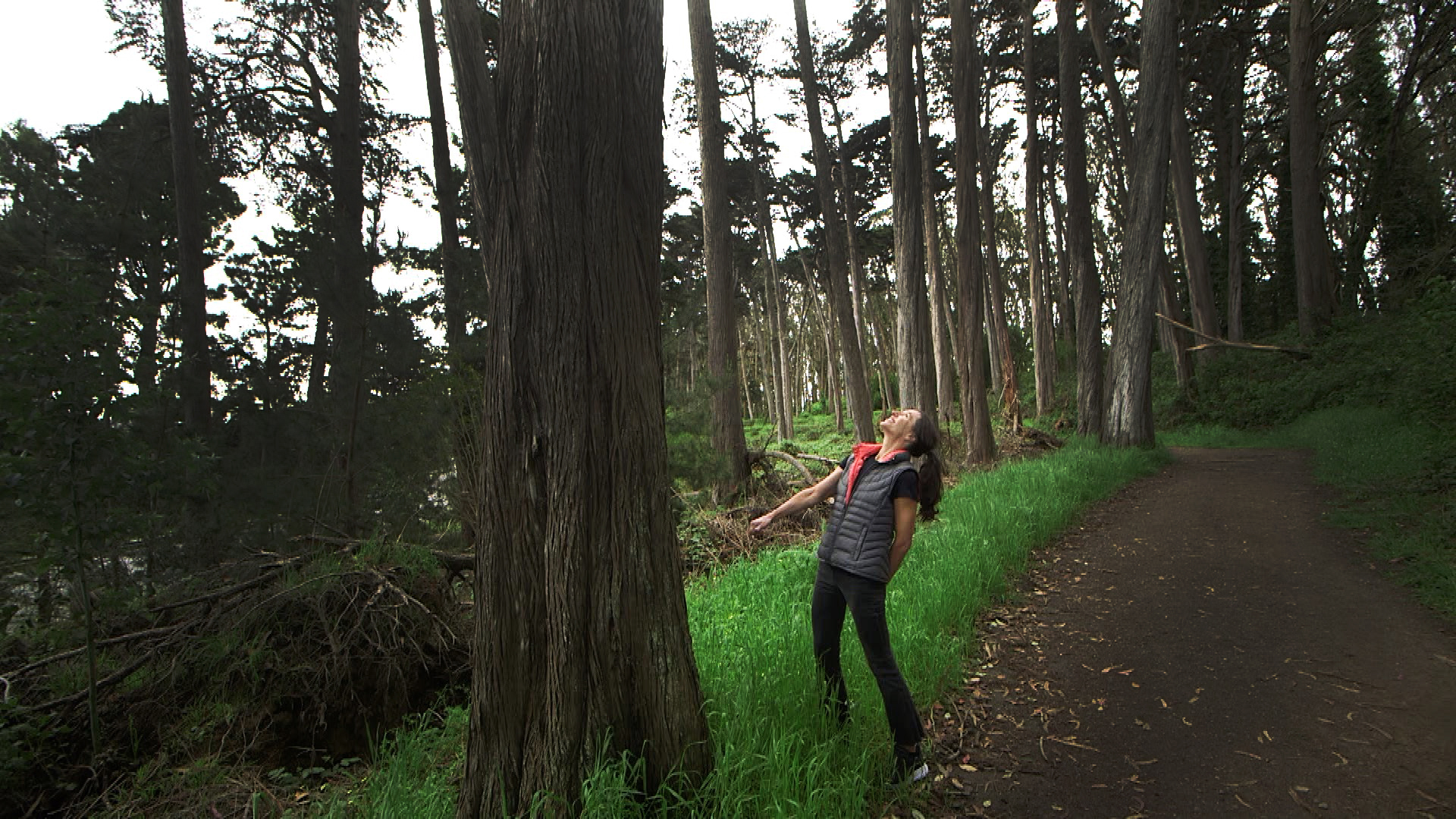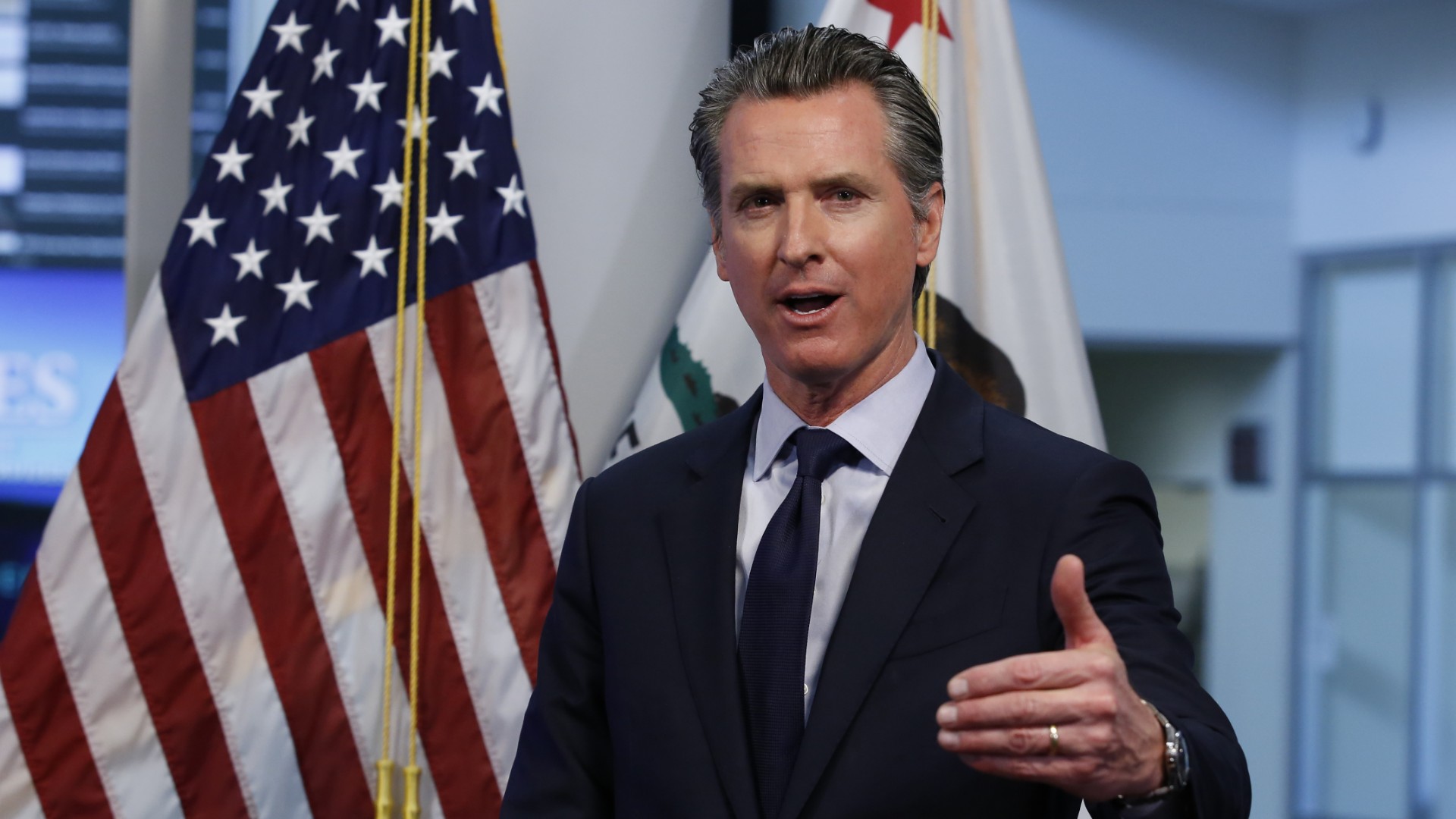Under the Governor’s new color-coded tier system, San Francisco and Napa are a level higher than other Bay Area counties in the so-called “red” category”.
That means restrictions may be a little more lenient in those places. Assuming nothing changes, it could even mean in-school classes could restart in less than two weeks.
Adda Clevenger is a small, private school on the border of Noe Valley and the Mission District in San Francisco. It is confident that it can safely have students back inside the classroom. But it’s not up to them; it’s not even up to the Governor.
“Having to lump them altogether is a little like bringing a framing hammer to an acupuncture session.” Benjamin Harrison is the Director of Operations at Adda Clevenger School.
He said San Francisco’s education scene is extremely diverse and there shouldn’t be a “one size fits all” approach to what learning will look like for the rest of the year.
“Every school is different, and every school has its own set of challenges,” Harrison said. ”Whether those challenges stem from the size, the population, the demographics, the parent community, the teacher community.”
Adda Clevenger applied with the city for a waiver asking that its 130 students be allowed to return to their classrooms next Tuesday, September 8. Because it’s a 20,000 square foot building, Harrison says, teachers have been able to make it a safe, socially distant environment for everyone.
Local
“What we risk here is breaking education that is going to require a certain amount of time to fix afterwards. However, from the point of view of the city, that’s all they’ve got is a framing hammer in their tool belt,” Harrison said.
San Francisco’s Health Department has told the school that its waiver application might take 7-14 days to process. By that time, Adda Clevenger may be eligible to reopen under state guidelines, but it would still have to keep its doors closed, because the city has the final say.
Out of abundance of caution, before school started, every teacher tested negative for the virus, and school administrators say they will continue to test the staff four times more frequently than what the city requires.
SFDPH released a statement saying: “A top priority for the City is to return all children to learning developments so they continue to grow and develop. While the state provides guidance, local jurisdictions must make decisions based on our current health indicators that monitor the spread of the virus in our communities and assess our ability to respond to the pandemic.”
A spokesperson for San Francisco Superintendent Vincent Matthews also shared a statement, saying:
“This is a dynamic situation. We are looking forward to returning to in-person instruction as soon as data and science suggest it is safe enough to do so. We’ve been identifying what needs to be in place before we can reopen and permission from the state is just one of several indicators. In preparation for a gradual return, we are readying elementary school sites, discussing how to address staff and student health, securing PPE and taking many other steps. Reopening while the pandemic is still present is not going to happen with the flip of a switch in Sacramento. I wish it were that simple.”



